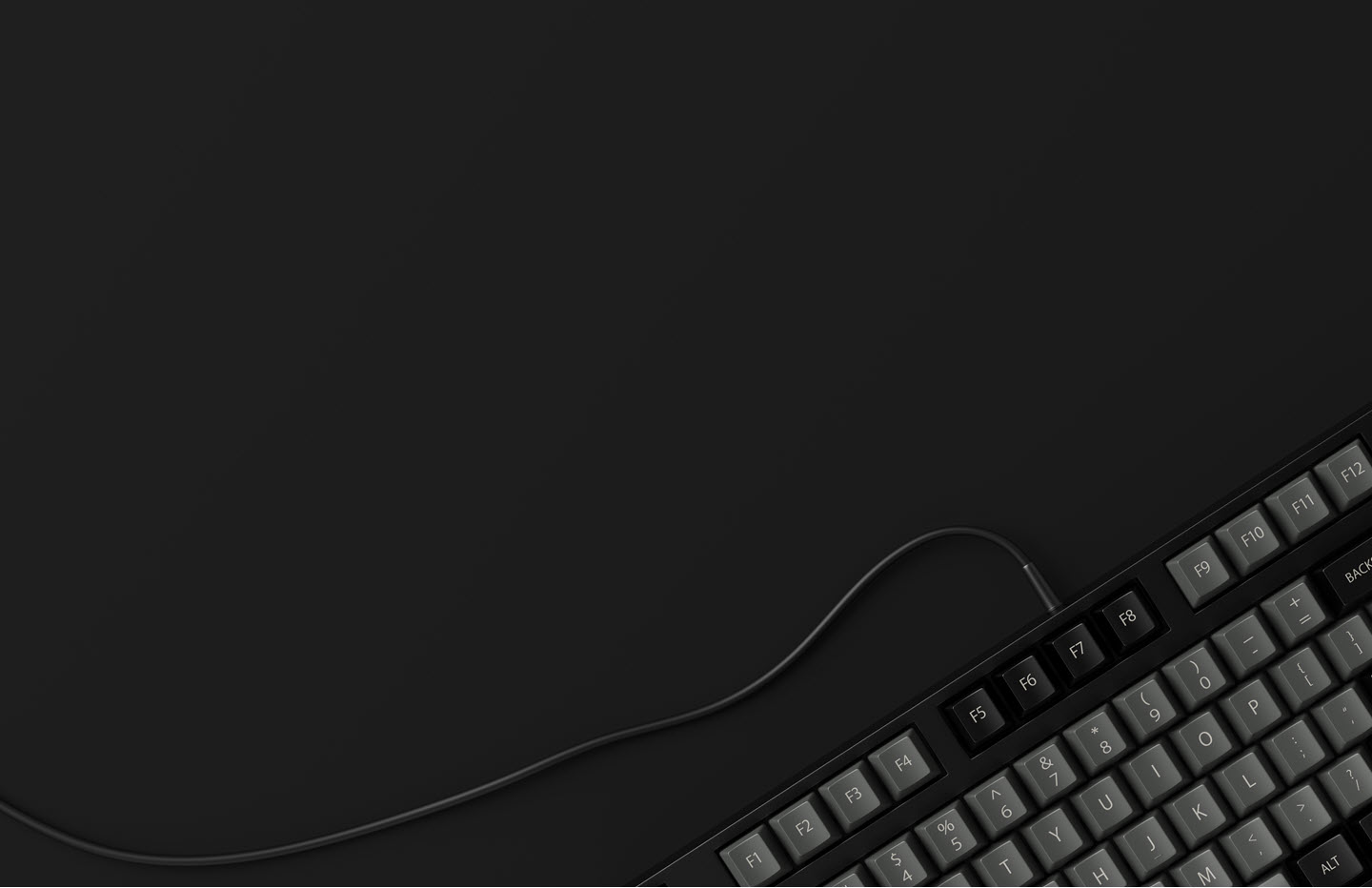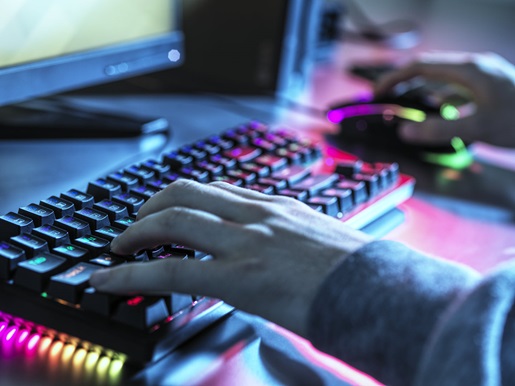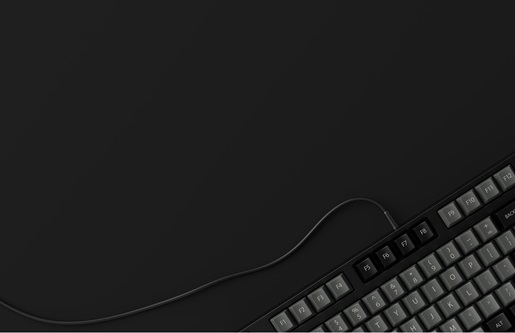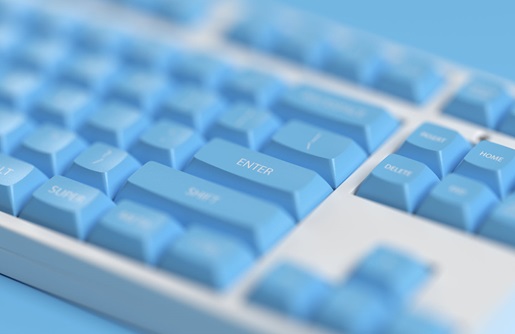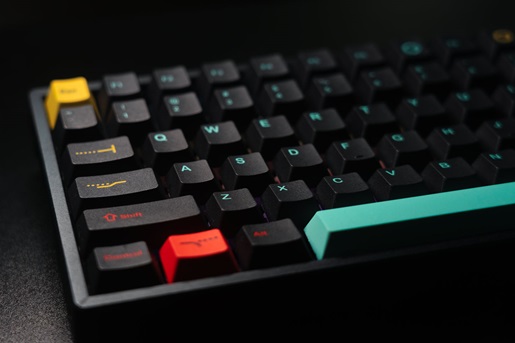Bring stability and resonance to your keyboard kingdom
In a custom build, the mechanical keyboard plate is an easy component to overlook. It doesn’t have the big, boxy prominence of the case nor the electronic intricacy of the PCB, and it certainly lacks the instant eye-ear-and-finger appeal of switches and keycaps. But this piece of perforated plastic or metal can play no less important a role in a well-crafted mechanical keyboard.
This article will introduce you to the purpose of a mechanical keyboard plate and whether you need one for your build, as well as some of the most popular materials used for making plates and how they can affect the look, sound, and feel of your board.
Looking to create your own custom keyboard? This guide will show you all the parts you need to get started.
What is a mechanical keyboard plate?
A mechanical keyboard plate is a component that rests on top of the keyboard’s PCB and under and between its switches, adding rigidity to the board and protecting the PCB from the repeated stress of keystrokes (as well as from dirt and dust). Viewed from the top, a mechanical keyboard plate looks like the negative image of a keyboard, with empty holes where each of the keys will go. This is because key switches typically clip into the plate itself, allowing it to absorb excess force from keystrokes, especially when fully depressing (or “bottoming out”) a switch.
Mechanical keyboard plates are sometimes sold along with mechanical keyboard cases, or as part of beginner-friendly DIY mechanical keyboard kits. You can also pick them up a la carte to swap into a board you already own, or to use in a fully custom build.
Did You Know?:If you’re after the best-feeling keyboard possible, you need to check out the latest line of HHKB boards, featuring best-in-class electrostatic switches and an ergonomically revised layout.
Do you need a mechanical keyboard plate?
Generally speaking, if you want your keyboard to be as durable as possible and look, feel, and sound its best, you should use a mechanical keyboard plate. Their shock-absorbing properties help extend the life of both PCBs and switches, and they’re a great way to shape both the feel and sound of your keyboard. Typists who tend to use more forceful keystrokes often perceive a noticeable difference between using a plate or not, as well as among different types of plates.
That said, certain types of case mount styles don’t require a plate, and some enthusiasts enjoy the bouncy flexion and quieter experience you get from typing without one. Even if your case requires a plate for assembly, you may be able to opt for a half plate that supports the perimeter of the board but leaves nothing between the central alpha keys and your PCB. Just like most other parts of the mechanical keyboard hobby, your choice of whether to use a plate should come down to compatibility concerns and personal preference.
Did You Know?:A full line of HHKB accessories such as a keyboard lid and adjustable stand make the most of your new daily driver.
How to find the right mechanical keyboard plate for your build
The first step in finding the best mechanical keyboard plate is to look up your case’s manufacturer and see if they have any plates that were custom-built to fit it. Some popular case designs are accompanied by several plate options in various materials. If you don’t find any perfect matches, look for plates that match your keyboard size and key layout.
The biggest choice you’ll likely have to make when picking out a compatible mechanical keyboard plate is what kind of material to use. Denser materials such as metals tend to be more rigid and lend a higher-pitched character to your keystroke sounds. Less-dense materials such as plastics are more flexible and create a more resonant, lower-pitched keystroke sound. Here’s a quick introduction to some common plate materials:
- Aluminum, brass, stainless steel: Metal plates are rigid and lightweight, lending a stiffer feel to typing and a higher pitched “ping” sound to keystrokes. Though those aspects make some enthusiasts give them a wide berth, they’re uniquely durable and give a solid and weighty feeling to a board.
- FR4: This high-density fiber material is also used as the base material for many PCBs, but when used for a plate, it creates a quiet, light, and flexible typing experience.
- Polycarbonate: A type of plastic, polycarbonate plates are soft and light, lending a lower-pitched aural character to keystrokes.
- POM: Short for polyoxymethylene, this thermoplastic is slightly less soft and light than polycarbonate, offering superior sound absorption for a quieter keyboard.
Other design elements such as the inclusion or exclusion of flex cuts, which promote a more even typing experience across the entire board, will also affect how a keyboard feels and sounds when typing.

